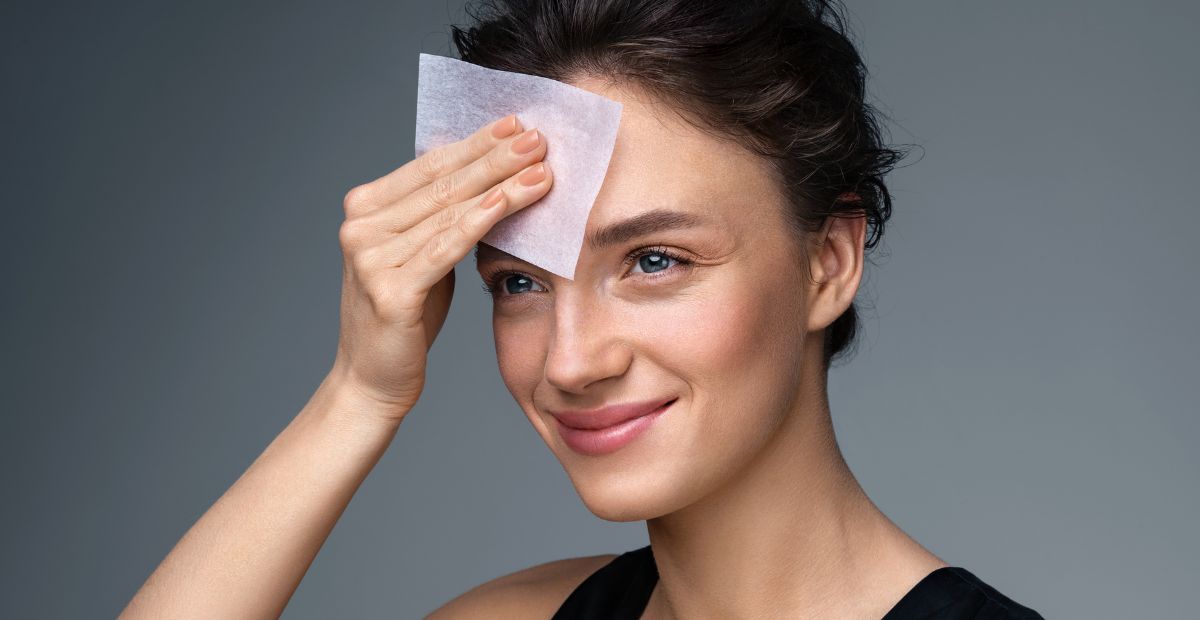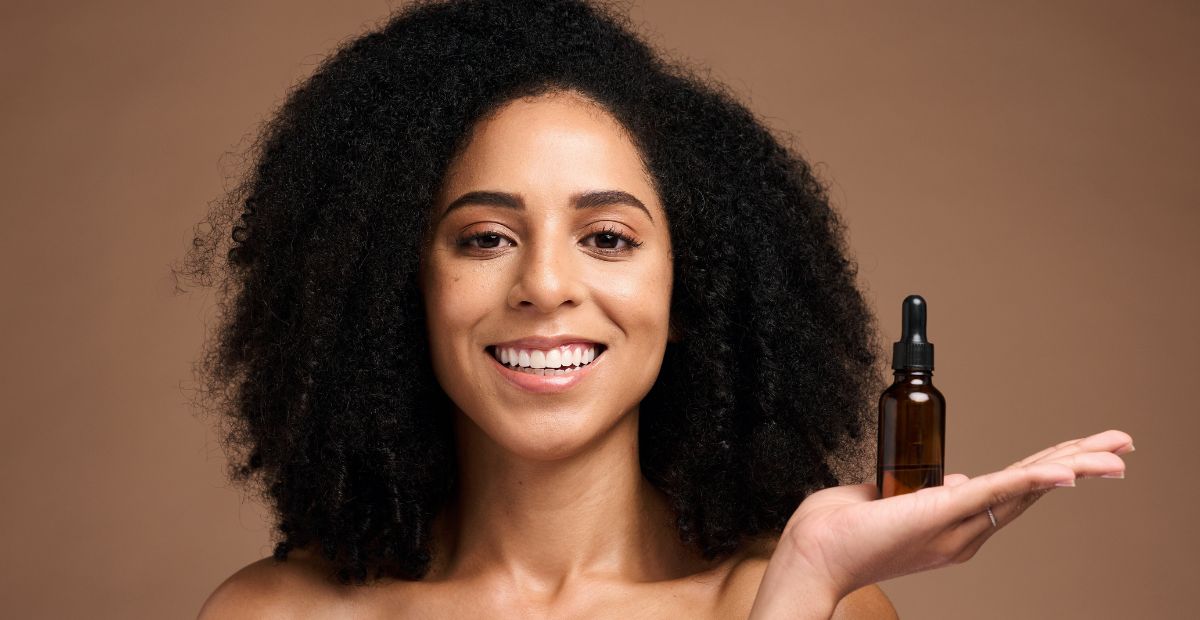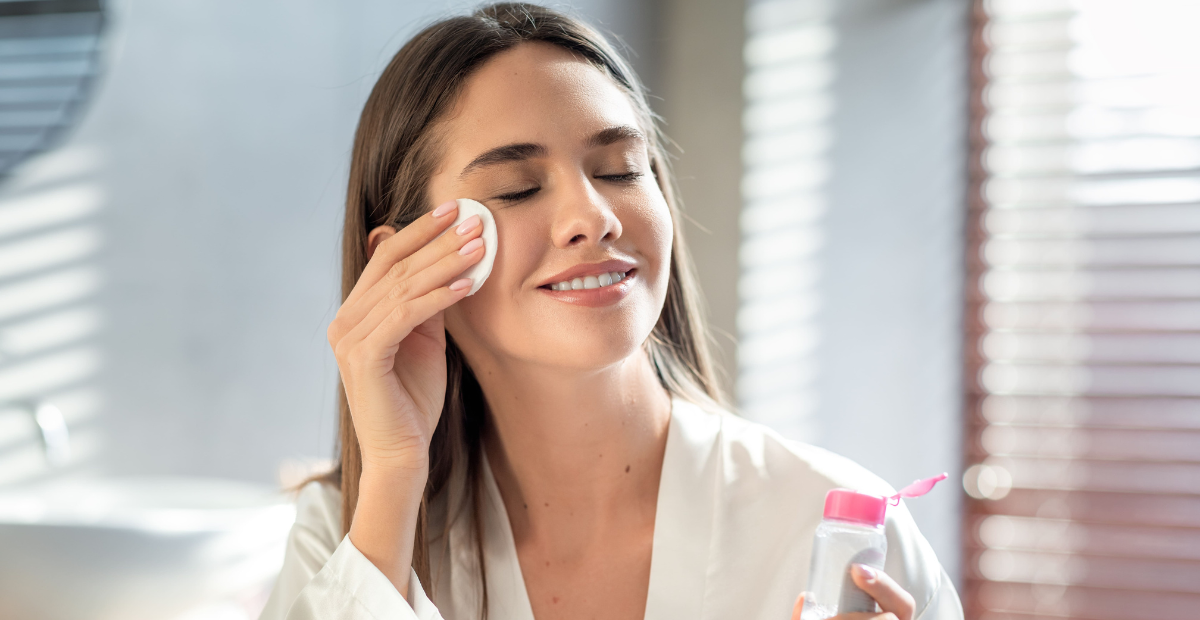5 Most Common Sunscreen Mistakes to Avoid
Onskin Content Team
Your guides through the skincare chaos

Nowadays, pretty much everyone knows how important sunscreen is not only to keep their skin looking young but also to protect against some serious health risks. Research, though, shows that the majority of people also make sunscreen mistakes that stop it from working as well as it should.
Are you sure you’re using sunscreen the right way? Take our short quiz to find out!
Sunscreen Mistakes Quiz: Are You Using Sunscreen Correctly
Read the statements below and answer Yes if you agree and No if you disagree:
- Sun protection is an overkill for overcast days or when you stay indoors.
- Yes
- No
- A great deal of makeup products have SPF and it’s okay to skip sunscreen if you’re using those.
- Yes
- No
- You only need to reapply sunscreen if you go in the water.
- Yes
- No
- A pea-sized amount of sunscreen is sufficient for the face.
- Yes
- No
- It’s fine to skip the reapplication step on days when you’re wearing makeup.
- Yes
- No
Now, if you answered Yes to one or more of the questions your skin is likely not getting the sun protection it needs. If you’re somewhat skeptical to hear that, let’s go over the most common sunscreen mistakes together!
Most Common Sunscreen Mistakes
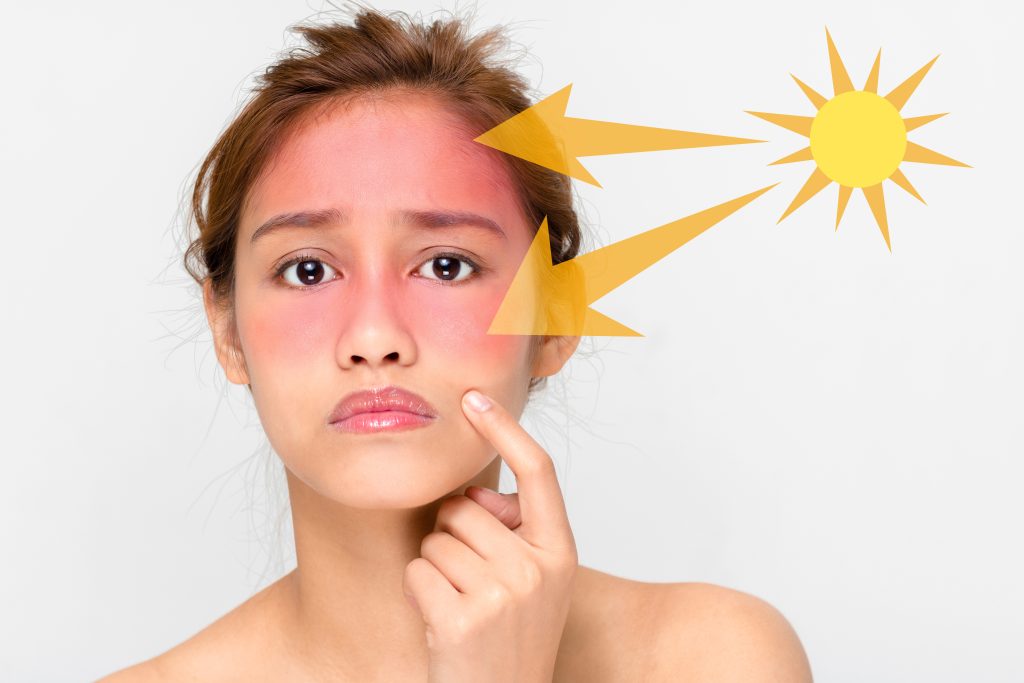
Applying too Little Sunscreen
According to dermatologists, the number one sunscreen mistake most people make is using too little sunscreen. This leads us to an important question: how much is too little and how much is just right?
Manufacturers in the U.S., for example, don’t have to specify the recommended amount for the consumers. Most labels go with a “liberal amount” which is kind of vague, to put it mildly.
How much should we apply?
The truth is that to get the SPF level that the bottle promises we have to use the same amount as the manufacturer had when they tested their product. The internationally agreed amount for SPF testing is 0.2 mg/cm2 which makes approximately 1.25 milliliters or 0.042 fluid ounces for the face. This amount is roughly a quarter of a teaspoon.
For the face, we should apply at least a quarter of a teaspoon of sunscreen which roughly equals five pea-sized amounts!
Believe it or not, several studies looked into how much sunscreen people put on their face. The results might surprise you in an unpleasant way: the majority apply from a quarter to three quarters of the required amount! As a result, they only get one third of the SPF specified on the label at best.
Neglecting Hands, Neck, and Lips
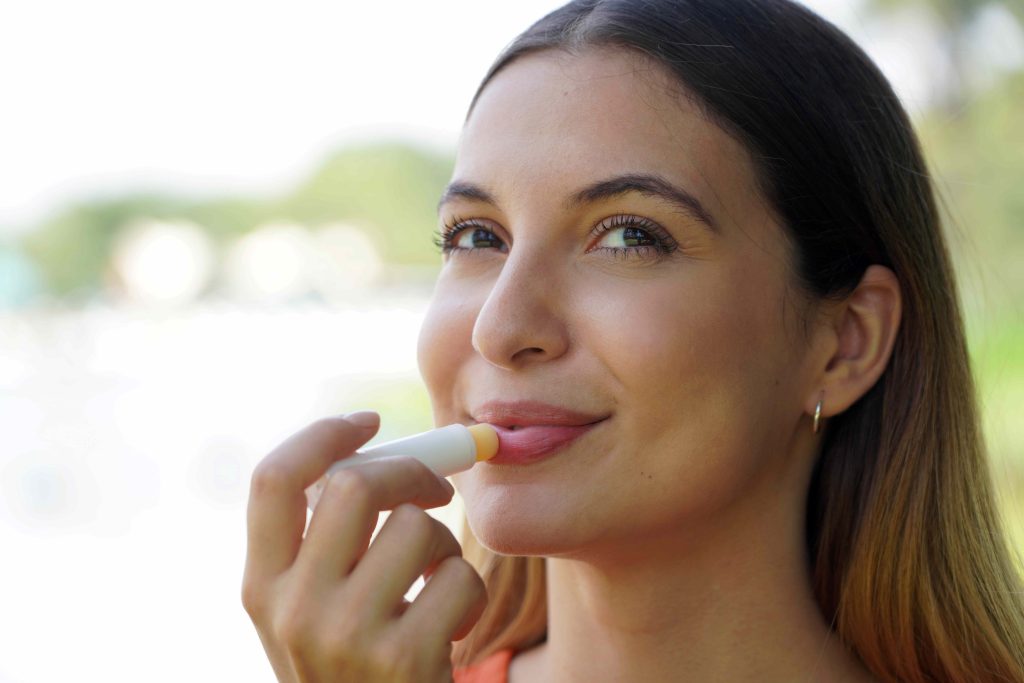
While a lot of people use sunscreen on their faces meticulously, hands, ears, lips, and necks often get neglected.
These areas however are just as exposed to UV as the face and might need protection even more than the face! Here’s why:
- The skin on the neck has fewer sebaceous glands compared to the face while lips have none at all!
- The lips have significantly less melanin whose purpose is to protect the skin from UV damage.
- The skin on the hands is much more exposed to water and harmful detergents than the face.
As a result, it’s not uncommon to see a person whose neck and hands look 15 years older than their face. If you want to avoid being that person, don’t forget to protect your lips, neck, and hands when applying sunscreen to your face.
Relying on SPF in Your Makeup
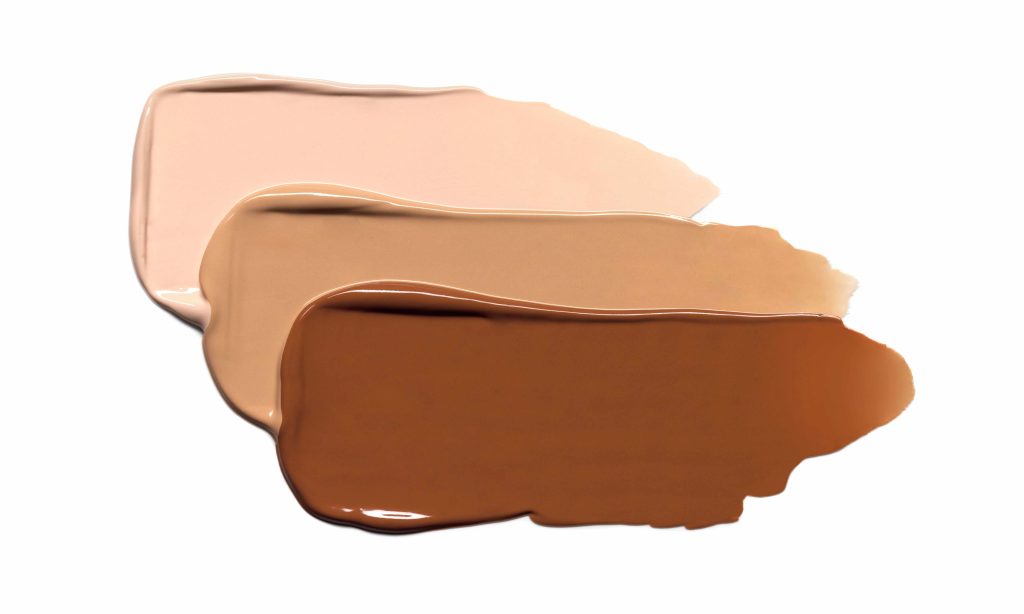
Foundations, BB creams, and powders with SPF are great but relying solely on them for sun protection is a huge mistake. Now, we’re not implying there’s something wrong with the formula—it might be the best formula in the world—but the problem is that you likely never put on as much as necessary on your face to provide the level of protection your skin needs.
As we’ve discussed before, sunscreens have to be used in specific amounts to get the SPF stated on the label. The same amount of foundation would unfortunately look ridiculous. So if your foundation or BB cream promises 30 SPF the amount you would use without looking like Bozo the Clown would give you 5 or 10 tops.
Also you likely won’t reapply your foundation as often as you should sunscreen which leads us to the next common sunscreen mistake.
Not Reapplying Your Sunscreen
Most dermatologists recommend reapplying sunscreen every two hours or even more often if you go in the water and dry yourself with a towel because even waterproof sunscreen isn’t towel-proof.
Now, we know having to reapply every two hours might seem like a pain in the rear especially over a face full of makeup. Some solutions can make the reapplication a bit easier when you’re on the go and a bit more makeup-friendly:
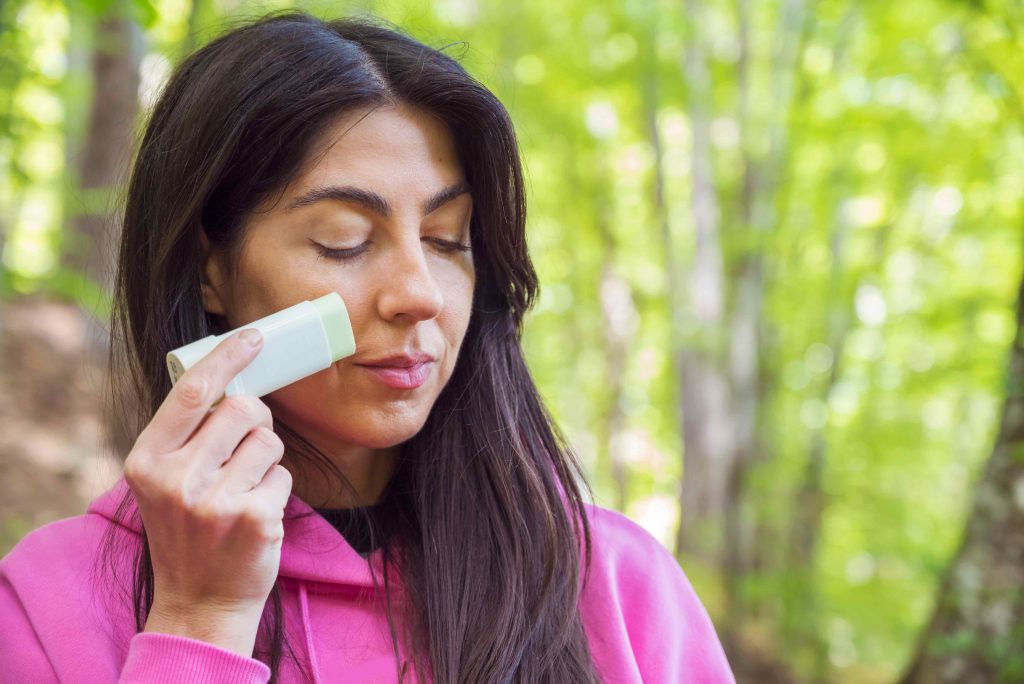
- Sunscreen sticks. They’re more portable and much easier to handle. Plus, solid sunscreen doesn’t get in the eyes or on the eyelashes and eyebrows as much as liquid counterparts do.
- Sunscreen brushes are a fantastic invention—it’s powdered sunscreen with a brush for easy application. They’re also often tinted and can replace face powder.
Using Sunscreen That You Hate
We’ve probably all been there—you get a new sunscreen and it doesn’t go well with your skin. Whether it creates a white cast or makes your face look like you use sunflower oil as a moisturizer, you’re probably not going to enjoy using it. This means you’re very likely to put on way less than required for adequate protection and accidentally on purpose forget to reapply.
Regardless of how expensive it was, if you hate using that sunscreen, it’s not worth sticking with simply to get your money’s worth. Find one that you will enjoy using! Investing in sunscreens is much cheaper than trying to fix problems caused by sun damage anyway. The most effective sunscreen is not one with the best formula but one that you will gladly use consistently.
In conclusion, steering clear of common sunscreen mistakes is key to keeping your skin safe and healthy. Remember to use the right amount, don’t forget those often-missed spots like your hands, neck, and lips, and make sure to reapply regularly. Makeup with SPF is great, but don’t rely on it alone. Find a sunscreen you love and enjoy using every day. By avoiding these sunscreen mistakes, you’ll keep your skin looking young and vibrant while protecting it from serious health risks. Your skin will definitely thank you!
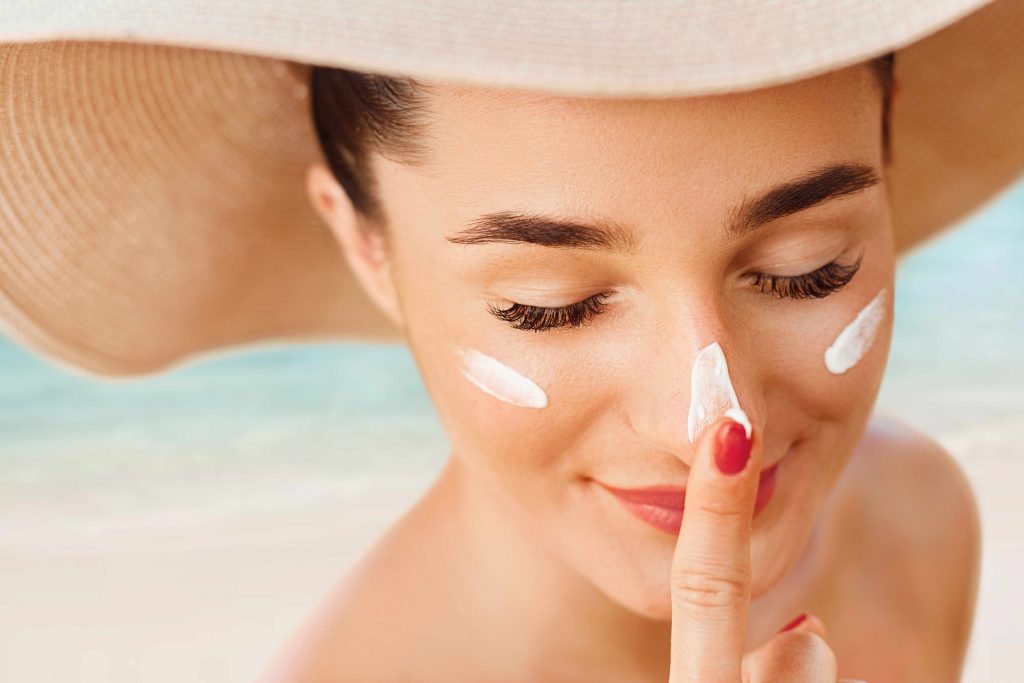
Shopping for sunscreen? Let OnSkin guide you!
FAQ
-
Where do I start with OnSkin?
Download the app and think of a product you’d like to know more about. Then, go to the main screen and choose how you’d like to get the info —by manually looking it up in the search bar, by scanning its barcode, or by simply taking a picture of the packaging. Once you’ve done any of these, you can see how safe the product is and if it suits your skin or hair (if this analysis is available).
-
What is Safety Rating, and how is it calculated?
In OnSkin, we base product rates on ingredients. Each is closely studied by our medical team and then evaluated. This way, each product gets a score from 0 to 100, with 100 as the safest level.
Safety Levels
- Excellent (76–100)
- Good (51–75)
- Not great (26–50)
- Bad (0–25)
These scores are backed by the latest scientific studies. You can find links to the resources we’ve used on each ingredient page. To assess the safety of product ingredients, we evaluate them according to the following parameters/criteria
- Endocrine disruption risk / Reproductive toxicity
Indicates the probability of mimicking, blocking, or interfering with the body hormones.
- Сarcinogenicity
Measures the potential risk of inducing cancer.
- Allergy risk
Estimates the probability of an allergic reaction.
- High concentration alert
Determines the risk of being unsafe in certain amounts.
-
What is Skin Match?
Based on the info you input about your skin type, age, skin care goal, and other “settings,” OnSkin checks how well a product is tailored to your unique skin needs — it’s basically like a dermatologist helping you find the right products, minus the fees and the long wait. The product you’re checking might be labeled as It’s a match!, Hit-or-miss, or Not a match for you. The app also detects ingredient groups such as Anti-acne, Anti-inflammatory, Moisturizes, May be drying, Comedogenic, and others — by tapping one, you see exactly what ingredients from this or that group are in the product.
-
I seem to have a problem with using the app. Who should I contact?
Please reach out to us at [email protected], and we’ll carefully look into your issue. Your ideas for improving the app are also very welcome!
-
Do you have an Android version?
Not yet! Hey Android users, we hear you, and we're thinking about making an Android version, but we haven't started the development yet.
Tracker Sent!
It’s on the way to your inbox.


